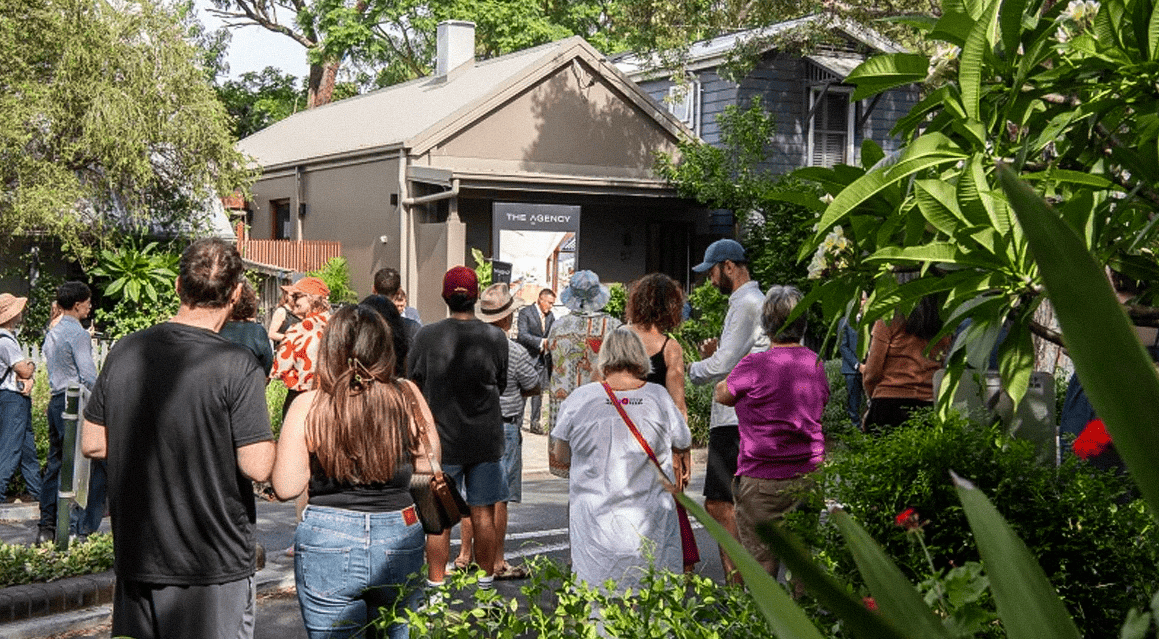
Image by Steven Siewert/Domain
KEY POINTS
- February’s 0.25% interest rate cut has reignited the residential property market, with home values reaching new national peaks across multiple data sources
- Sydney and Melbourne continue to rebound from recent declines, while Perth, Adelaide, and Brisbane are seeing the strongest annual price increases
- Experts say that while lower rates support borrowing, housing undersupply is the main driver of ongoing price increases, making affordability a persistent issue
While the Reserve Bank of Australia elected to keep official interest rates on hold at its April 1st meeting, three new datasets confirm that the RBA’s 0.25% cut in February has reignited the residential property market, sending home prices and values to new national peaks.
The figures, from CoreLogic, PropTrack and Neoval, also show that some of the recent price falls seen in Sydney and Melbourne are reversing.
The data has led an economist behind one of the reports to observe that “for those hoping for more affordable housing, the outlook remains challenging.”
CoreLogic Home Value Index
CoreLogic says Australian property values reached new heights in March 2025, reversing a recent downward trend.
The data analytics company says dwelling values increased 0.4% in March to reach a median of $820,331, the second consecutive month of growth, following a short three-month decline where values dipped 0.5%.
CoreLogic’s Research Director, Tim Lawless, says the rise in values during March was broad-based, with every capital city and rest-of-state region except Hobart recording a positive change.
“Improved sentiment following the February rate cut is likely the biggest driver of the turnaround in values, along with the cut’s direct influence of a slight improvement in borrowing capacity and mortgage serviceability,” he says.
“With the rate-cutting cycle expected to be drawn out, it will be interesting to see if this positive inflection in values can last in the face of affordability constraints.”
Mr Lawless says the figures show that Sydney and Melbourne, which have the largest weighting in CoreLogic’s Home Value Index, appear to have turned a corner, with values across both cities rising over the past two months.
CoreLogic recorded a 2.2% decline in Sydney between September 2024 and January 2025.
These latest figures show values in Australia’s most expensive city remain 1.4% below their record high.
In Melbourne, where the downturn has been more pronounced, CoreLogic says home values remain 5.6% below the record high recorded in March 2022, despite rising 0.9% over the past two months.
Mr Lawless says that, although values are still rising in the mid-sized capitals, the pace of gains has slowed noticeably, especially in Perth, where downward revisions over recent months have put values slightly below peak levels (-0.05%) from October last year.
Nevertheless, Perth home values have led a five-year upswing among the capitals, rising 75.4% since March 2020.
PropTrack Home Price Index
REA Group’s PropTrack says national home prices hit a new median peak of $799,000 in March 2025, “following a clear shift in market momentum triggered by the Reserve Bank’s February rate cut.”
The report shows that national home prices grew 0.27% over the month, and now sit 3.91% above March 2024 levels and 48% above prices at the onset of Covid in March 2020.
All capital cities recorded price increases over the month, with Canberra (up 0.54%) and Sydney (up 0.47%) leading the growth.
Unlike CoreLogic, PropTrack says its data shows Sydney prices are at an all-time high, growing 2.85% over the past year to record a new median home value of $1,104,000.
Melbourne (down 2.26%) was the only capital to decline year-on-year, while Perth (+11.53%), Adelaide (+11.32%), and Brisbane (+9.39%) saw the biggest annual price increases.
“February’s rate cut boosted borrowing capacities and buyer confidence, helping to reignite demand and reverse the small price declines seen in the months prior,” says PropTrack Senior Economist Eleanor Creagh.
“Market sentiment has improved, and buyers who had delayed purchasing decisions due to the sustained higher interest rate environment are likely re-entering the market.
“Housing market conditions have firmed since February’s rate cut,” she says.
“Borrowing capacities have increased, and price growth has resumed.”
Ray White Neoval Price Index
Neoval data from national real estate chain Ray White shows the housing market recorded its third consecutive month of price growth in March 2025, with “the latest data showing momentum continuing to build following February's interest rate cut,” according to Chief Economist Nerida Conisbee.
House prices rose by 0.3% in March to reach a national median of $912,551, representing an annual growth rate of 5.6%.
Neoval data shows unit markets also saw positive movement with prices increasing by 0.3% to a new median price of $681,635, delivering an annual growth rate of 4.9%.
Much of the growth was driven by the smaller capitals and regional markets, with Sydney and Melbourne prices steady in both the house and unit markets.
Neoval says houses in Sydney have grown by 3.5% over the past year, while units were 2.8% higher.
While both CoreLogic and PropTrack figures show Melbourne going backwards over the last 12 months, Neoval’s geometric mean pricing methodology has the Victorian capital chalking up a small annual return for both houses (0.6%) and units (0.8%).
“While the February interest rate cut has contributed to market dynamics, it represents just one of several key factors driving the continued price growth,” Nerida Conisbee says.
“The resilience of Australia's housing market, particularly in the face of varying economic conditions, underscores how structural factors continue to dominate price movements.
“The persistent undersupply of housing remains the most fundamental driver of price growth,” the Ray White Chief Economist says.
“The rate cut provides additional support by enhancing buyer borrowing capacity and reducing mortgage payments for existing homeowners, but the moderate increase in monthly growth from February to March likely reflects the combined effect of all these factors rather than monetary policy alone.
“Even if further interest rate cuts occur later in the year, these would likely play a secondary role to the fundamental supply-demand imbalance,” Ms Conisbee says.
PropTrack’s Eleanor Creagh agrees.
“Beyond interest rates, structural factors are continuing to support price growth.
“Population growth remains strong – though it is beginning to moderate – and Australia continues to face a significant shortage in new home completions.
“We expect prices to keep lifting over the coming months, but the rate of growth is likely to be more modest compared to recent years,” Ms Creagh says.
Stay Up to Date
with the Latest Australian Property News, Insights & Education.




.png?width=292&height=292&name=Copy%20Link%20(1).png)
 SIGN UP FOR FREE NEWSLETTER
SIGN UP FOR FREE NEWSLETTER
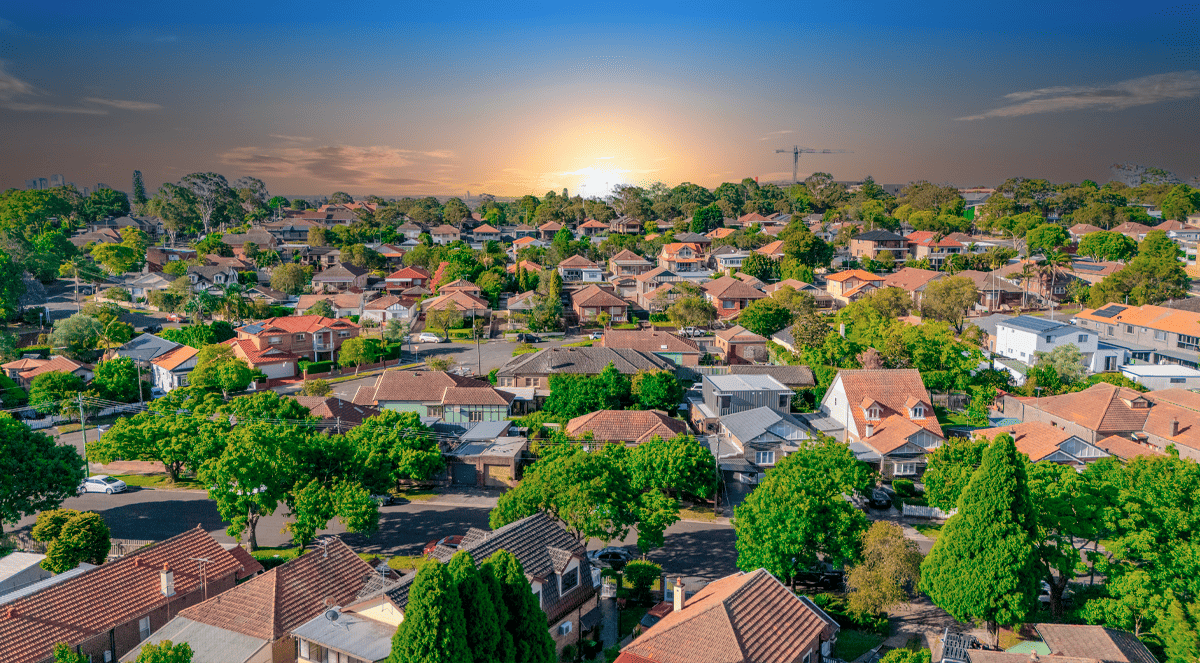
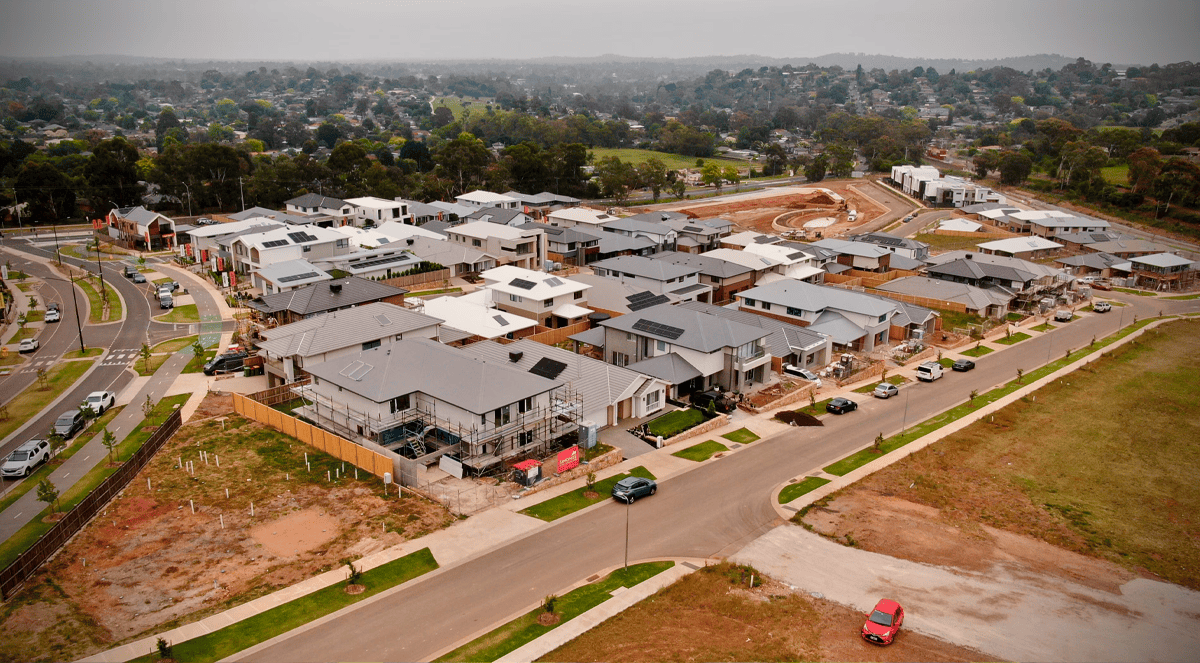
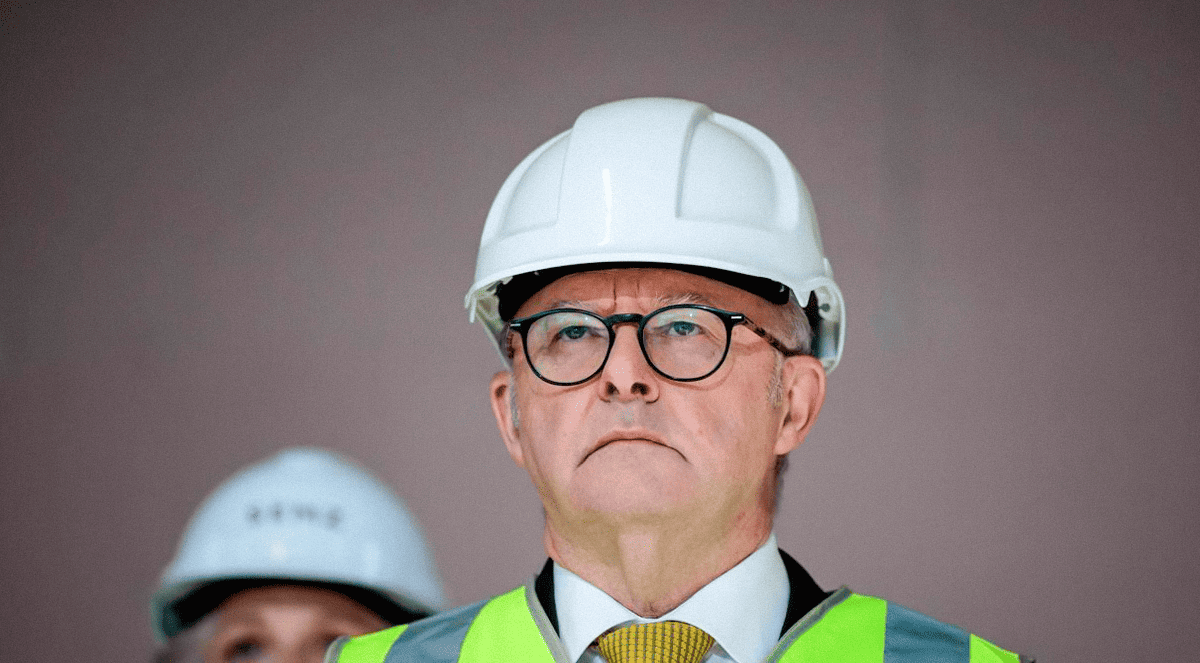
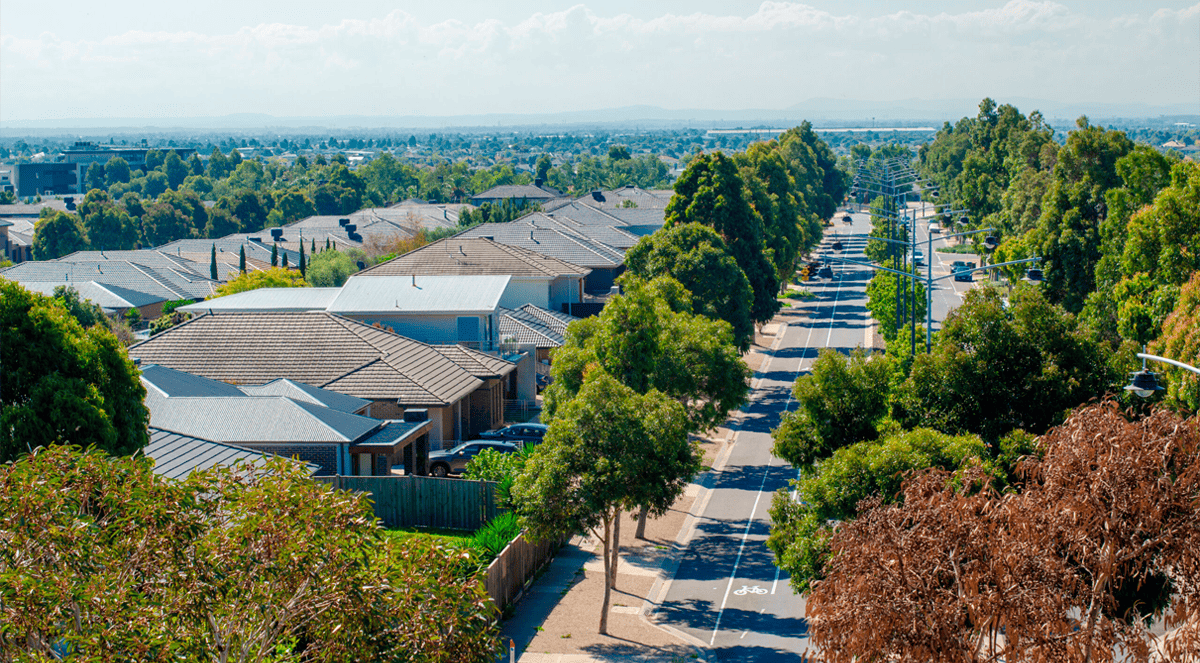

.jpg?width=1920&height=1080&name=Warning%2c%20You%20Might%20Be%20Facing%20Higher%20Taxes%20Soon%20(1).jpg)





.png?width=1920&height=1080&name=Rate%20Drops%20Signal%20BIGGEST%20Property%20Boom%20in%20DECADES%20(1).png)

.jpg?width=1920&height=1080&name=Labor%20vs%20Liberal%20These%20Housing%20Policies%20Could%20Change%20the%20Property%20Market%20Forever%20(1).jpg)
.jpg?width=1920&height=1080&name=QLD%20Slashes%20Stamp%20Duty%20Big%20News%20for%20Investors%20%26%20Home%20Buyers%20(1).jpg)
.jpg?width=1920&height=1080&name=Trump%20Just%20Slapped%20Tariffs%20%E2%80%93%20Here%E2%80%99s%20What%20It%20Means%20for%20Australia%20(1).jpg)
.jpg?width=1920&height=1080&name=Federal%20Budget%202025%20More%20Debt%2c%20No%20Housing%20%E2%80%93%20Here%E2%80%99s%20What%20You%20Need%20to%20Know%20(1).jpg)
.jpg?width=1920&height=1080&name=Australias%20Housing%20Crisis%20is%20about%20to%20get%20MUCH%20Worse%20(New%20Data%20Warns).jpg)
%20(1).jpg?width=1920&height=1080&name=Australias%20RENTAL%20CRISIS%20Hits%20ROCK%20BOTTOM!%20(2025%20Update)%20(1).jpg)
%20(1).png?width=1920&height=1080&name=Is%20Adelaide%20Still%20a%20Good%20Property%20Investment%20(2025%20UPDATE)%20(1).png)
.jpg?width=1920&height=1080&name=RBA%20Shocks%20with%20Rate%20Cuts!%20What%E2%80%99s%20Next%20for%20Property%20Investors%20(1).jpg)
%20(1).jpg?width=1920&height=1080&name=I%20Predict%20The%20Feb%20Rate%20Cut%20(My%20Price%20Growth%20Prediction)%20(1).jpg)
.png?width=1920&height=1080&name=Why%20Property%20Prices%20Will%20Rise%20in%202025%20Market%20Predictions%20(1).png)
.jpg?width=1920&height=1080&name=Why%20Investors%20Are%20Choosing%20Apartments%20Over%20Houses%202%20(1).jpg)
.jpg?width=1920&height=1080&name=Why%20Rate%20Cuts%20Will%20Trigger%20A%20Property%20Boom%20(1).jpg)
.jpg?width=1920&height=1080&name=Retire%20On%202Million%20With%20One%20Property%20(Using%20SMSF).jpg)
.jpg?width=1920&height=1080&name=4%20Reasons%20Why%20You%20Should%20Invest%20in%20Melbourne%20Now%20(1).jpg)
%20(1).jpg?width=1920&height=1080&name=Old%20Property%20vs%20New%20Property%20(Facts%20and%20Figures%20Revealed)%20(1).jpg)
%20(1).jpg?width=1920&height=1080&name=Will%20The%20New%20QLD%20Govt%20Create%20a%20Property%20Boom%20or%20Bust%20(My%20Prediction)%20(1).jpg)
%20Scott%20Kuru%20(1).jpg?width=1920&height=1080&name=Inflation%20Hits%20Three-Year%20Low%20(Will%20RBA%20Cut%20Rates%20Soon)%20Scott%20Kuru%20(1).jpg)
.jpg?width=1920&height=1080&name=How%20to%20Buy%20Investment%20Property%20Through%20SMSF_%20The%20Ultimate%20Guide%20(1).jpg)
.jpg?width=1920&height=1080&name=Victoria%20Slashes%20Stamp%20Duty%20Melbourne%20Set%20to%20Boom%20Scott%20Kuru%20(1).jpg)
.png?width=1571&height=861&name=Are%20Foreign%20Buyers%20Really%20Driving%20Up%20Australian%20Property%20Prices%20(1).png)
.jpg?width=1920&height=1080&name=The%20Single%20Factor%20That%20Predicts%20Property%20Growth%20Regions%20(1).jpg)
%20Scott%20Kuru%20(1).jpg?width=1920&height=1080&name=My%20Prediction%20On%20Rates%20%26%20Negative%20Gearing%20(Market%20Crash)%20Scott%20Kuru%20(1).jpg)

-1.png?width=1920&height=1080&name=Major%20Banks%20Cut%20Rates%20Will%20RBA%20Follow%20Suit%20(Sept%20Rate%20Update)-1.png)
%20Scott%20Kuru-1.png?width=1920&height=1080&name=Rate%20Cut%20Coming%20What%20New%20Zealands%20Move%20Means%20for%20Australia%20(Sept%20Prediction)%20Scott%20Kuru-1.png)
%20(1).jpg?width=1920&height=1080&name=Buy%20when%20the%20interest%20rates%20are%20high!%20(Why%20you%20must%20buy%20now!)%20(1).jpg)
.jpg?width=1920&height=1080&name=Carms_Revised%20Taxes%20Due%20Aug%209%20YT%20Thumbnail02%20(1).jpg)
.jpg?width=1920&height=1080&name=Carms_Too%20Little%20Too%20Late%20Aug%207%20YT%20Thumbnail01%20(1).jpg)









.jpg?width=1920&height=1080&name=Carms_Rate%20Drop%20In%20July%20Jun%2010%20YT%20Thumbnail02%20(1).jpg)
.jpg?width=1920&height=1080&name=Carms_Own%20a%20Property%20V6%20Jun%205_YT%20Thumbnail%20(1).jpg)









.png?width=1920&height=1080&name=Artboard%201%20(3).png)






.jpg?width=1920&height=1080&name=YT%20thumbnail%20%20(1).jpg)

